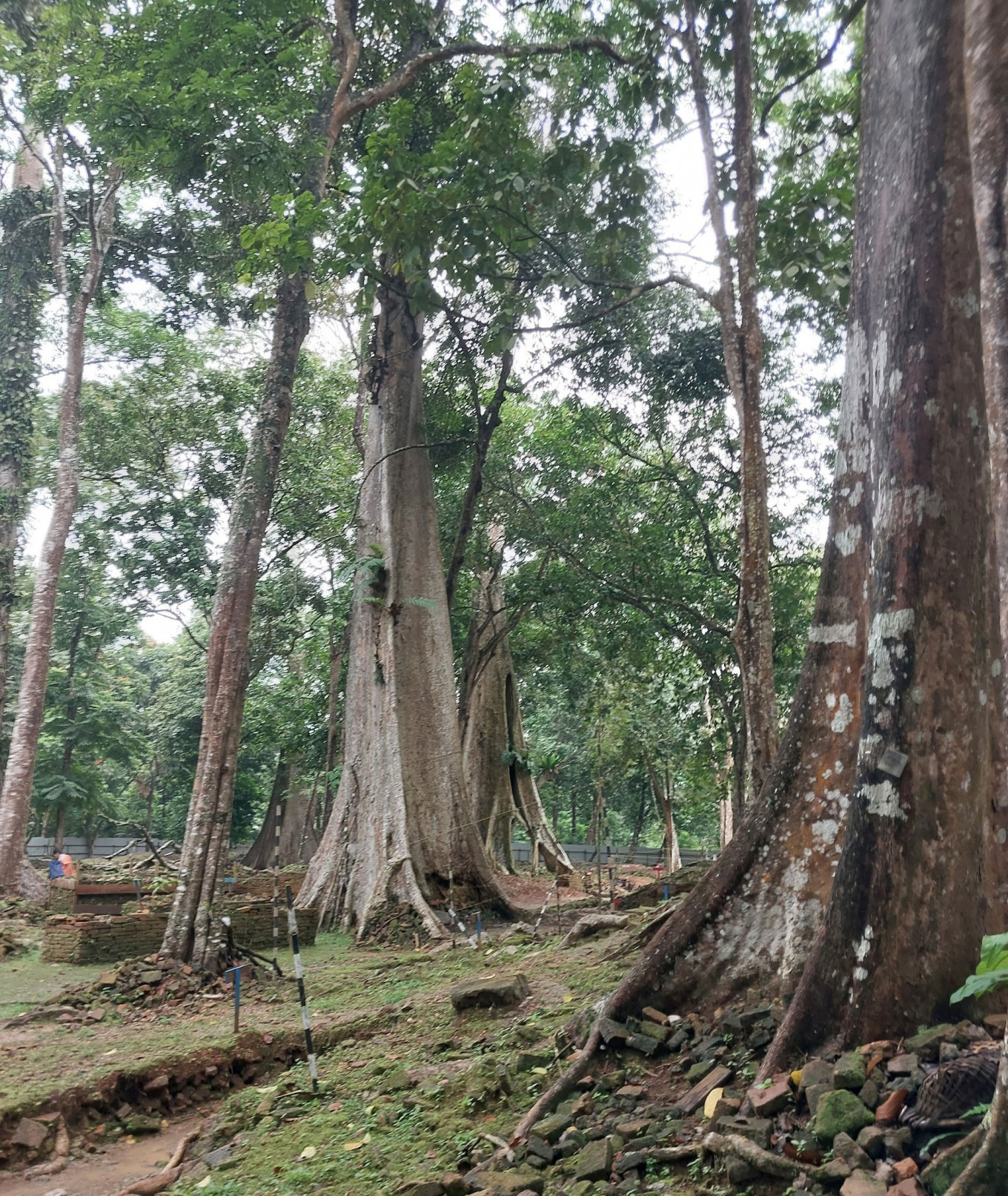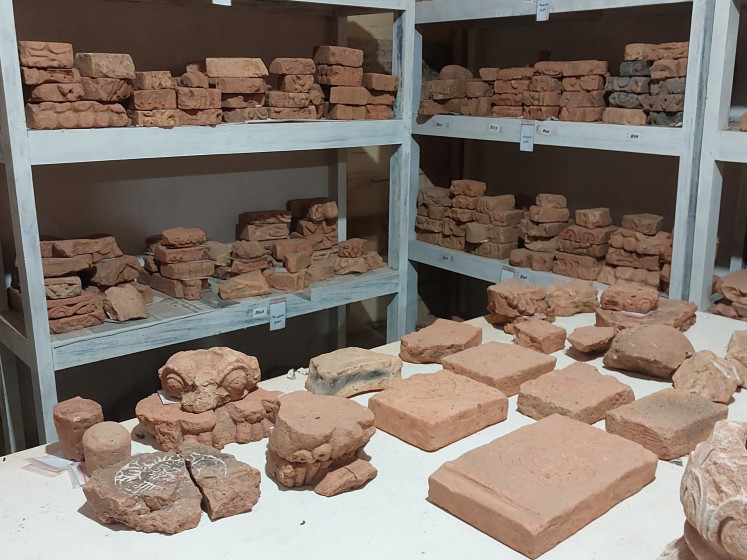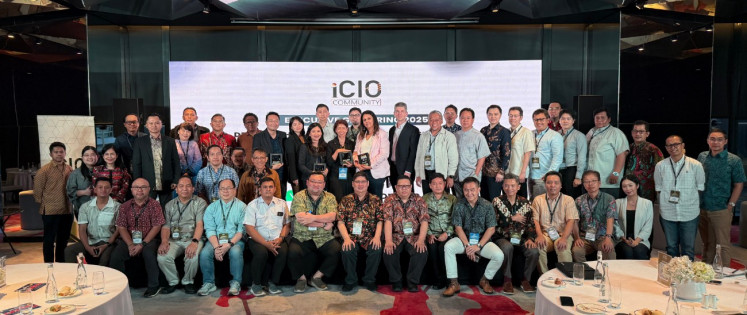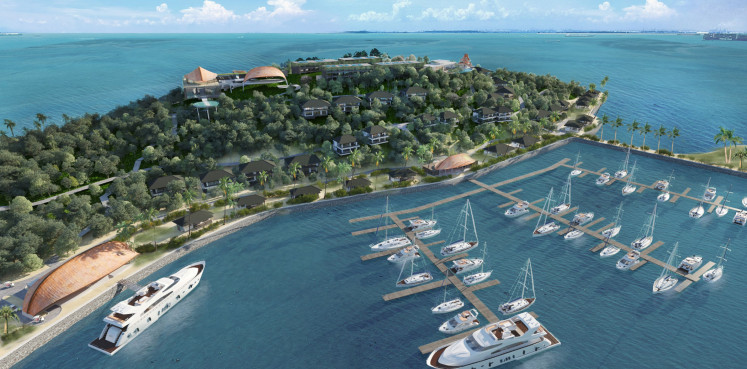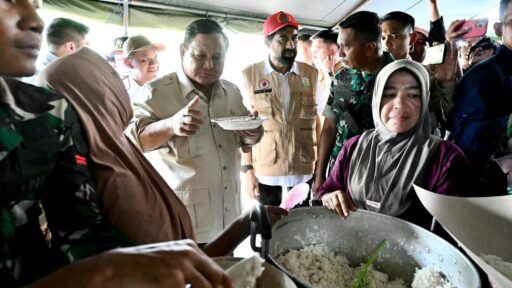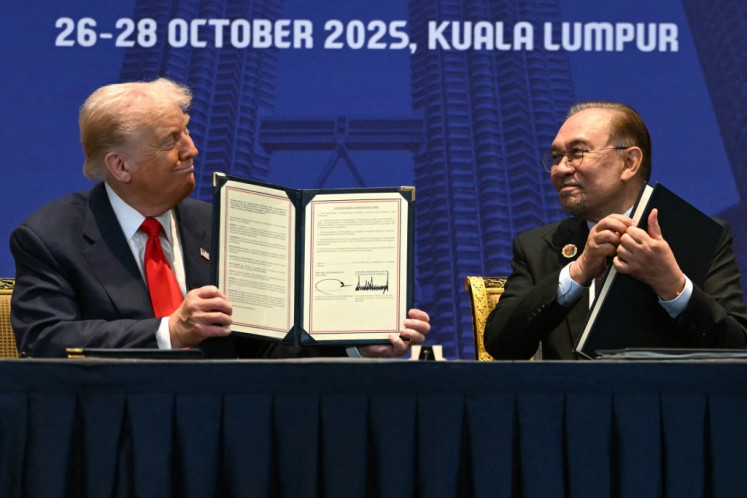Popular Reads
Top Results
Can't find what you're looking for?
View all search resultsPopular Reads
Top Results
Can't find what you're looking for?
View all search results“A reminder of our greatness”: revitalizing Muaro Jambi, Indonesia’s oldest university
Change text size
Gift Premium Articles
to Anyone
R
estoration activities in the Candi Muaro Jambi national cultural heritage area (KCBN) have been steadily ongoing, with more discoveries shining light on Indonesia’s oldest university and the largest of its kind in Southeast Asia.
Located in a 3,981-hectare site, the Candi Muaro Jambi complex is believed to have been active during the Sriwijaya Empire era from the seventh to the 12th centuries as a major learning center for Buddhists, reaching as far as India and China.
According to Agus Widiatmoko, head of the Region V Cultural Preservation Agency (BPK), restoration activities began from 1978 to 1980 in a 5-ha area surrounding the Gumpung temple site. Land acquisition continued until 2001, reaching a total of 30 ha.
In 2022, President Joko “Jokowi” Widodo mandated further restoration for the Candi Muaro Jambi KCBN, which was followed by additional land acquisition. In the span of seven months, approximately 100 ha were acquired, bringing the total size to 130 ha.
As of March, restoration of the Kedaton, Gumpung, Gumpung I and Gumpung II temples had finished, with excavation in the Koto Mahligai and Parit Duku sites still ongoing.
“It's not only to build tourism [in the area], but this will be a reminder for us that we were a great nation, and gave birth to civilization,” Agus said.
New findings
Newly discovered relics in Candi Muaro Jambi, such as roof tiles and remains of wooden buildings, have been carbon dated, with the results suggesting that the temples were abandoned in the late 12th century.
Agus declined to speculate on the reason behind the abandonment of the buildings, but said that early identification showed that the buildings were destroyed by fire.
Another interesting discovery came from the Parit Duku temple, which was first assumed to be a smaller temple with four buildings. During the excavations, experts found that the site contained 13 closely situated buildings and the remnants of several stupa, which are structures containing holy relics.
“From the findings, we have a strong assumption [that Parit Duku was a stupa complex] as we have also discovered terracotta and Buddha sculptures as well as a terracotta relic that was used as a light source, this is an important component in a ritual honoring certain individuals,” he explained.
Other findings include ceramics and roof tiles identical to those from China, which highlight Candi Muaro Jambi’s significance in the region.
“Muaro Jambi is not a mere place of worship, there are more activities on the site which strengthen our hypothesis that it was a center of knowledge.”
Harmonizing nature, culture and community
Agus noted that the revitalization of Candi Muaro Jambi is done in harmony with the surrounding natural ecosystem so as to have a balance of nature and culture.
“The land-acquisition process is not only to safeguard the cultural heritage, but also our natural biodiversity,” he said.
In addition, a 30-ha area to the west of Kedaton temple has been earmarked for an educational center under the Education, Culture, Research and Technology Ministry’s Kampus Merdeka program.
Harmonizing with its surrounding environment, the campus will eschew permanent concrete buildings in favor of wooden structures reminiscent of stilt houses. Facilities will include a museum, gallery and laboratory, as well as learning spaces.
While there is no exact timeline for the project, Agus expressed his hope that construction will begin by the end of March.
The educational campus is planned to host the Malay Writers Festival next year, which will involve a number of literary communities in Jambi. In its first three years, the festival’s organizers will be supported by the organizers of the Ubud Writers and Readers Festival (UWRF).
To kick off the agenda, a satellite event for the UWRF is slated to be held in Jambi this October.

